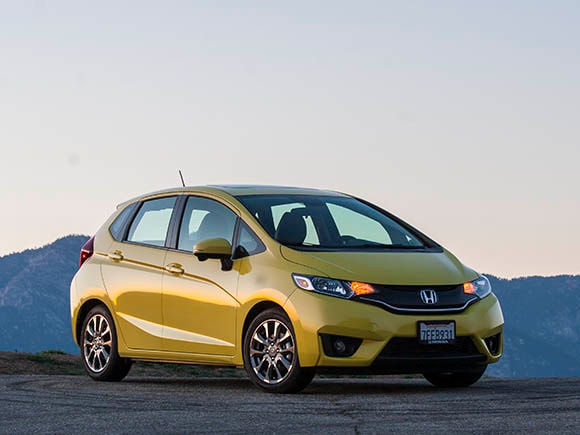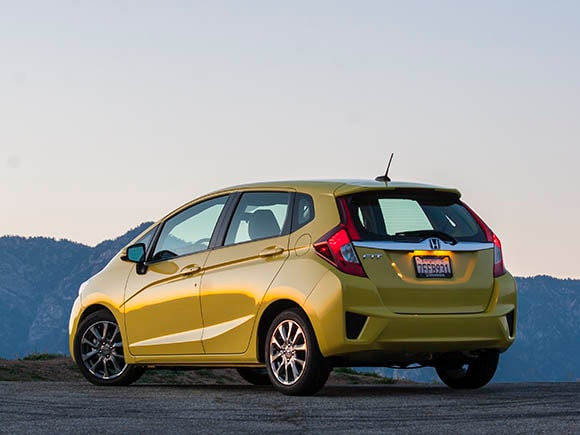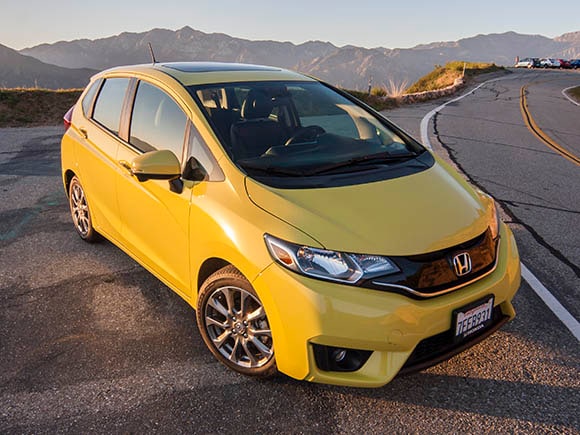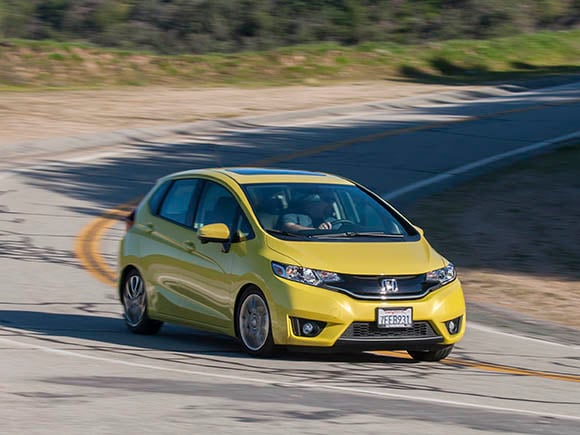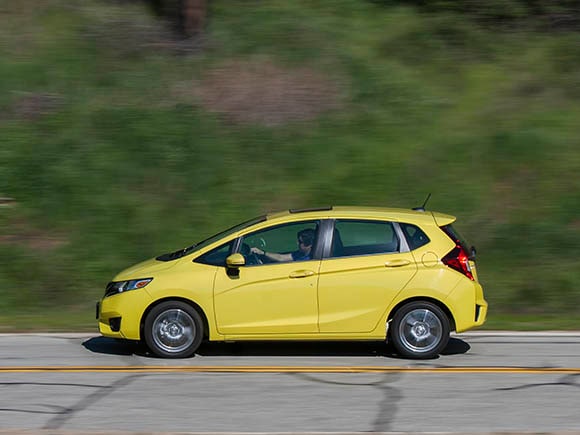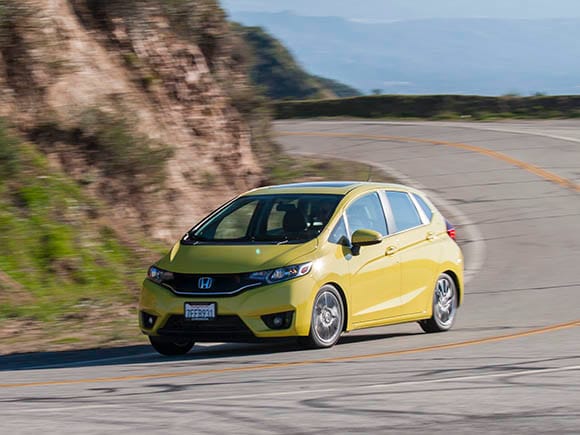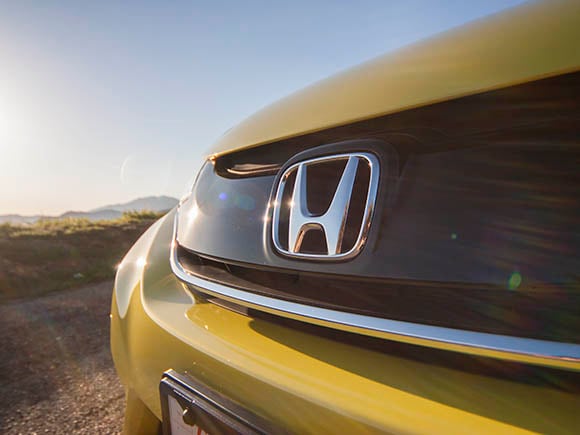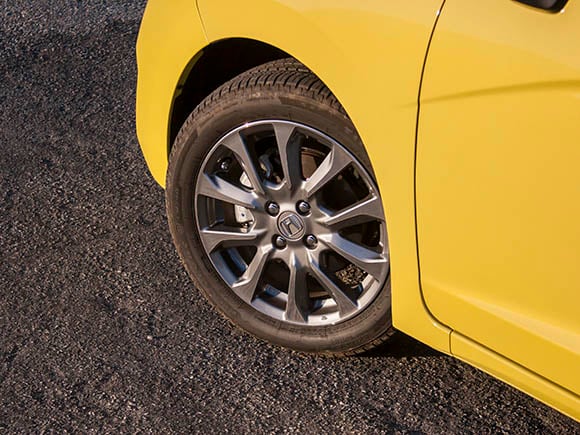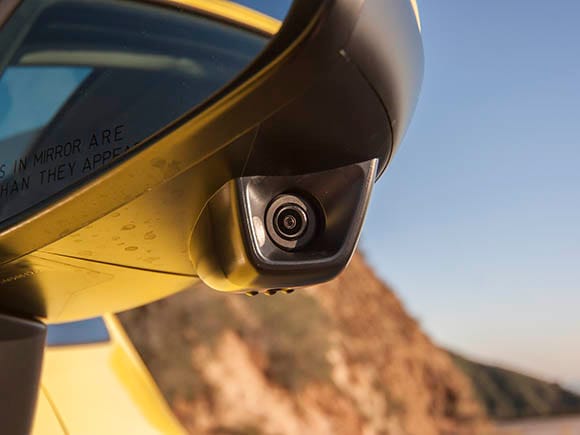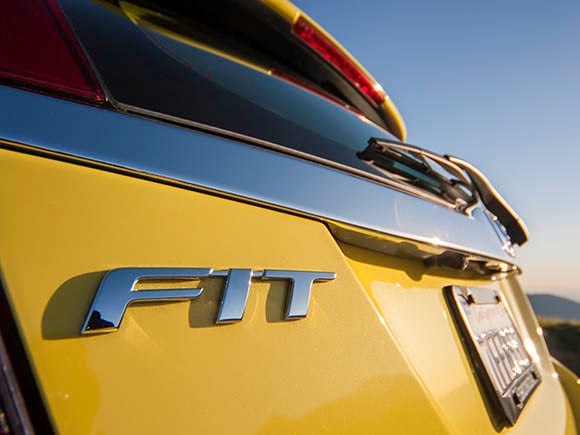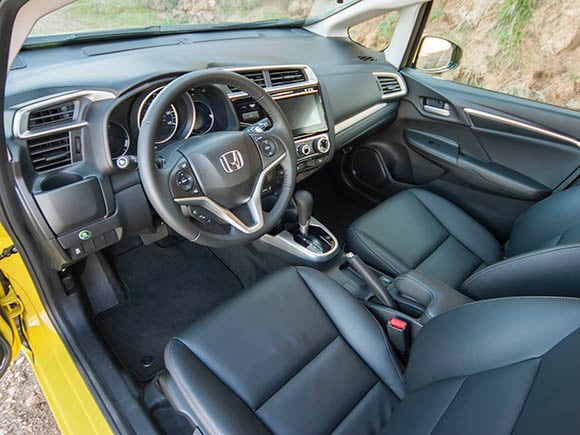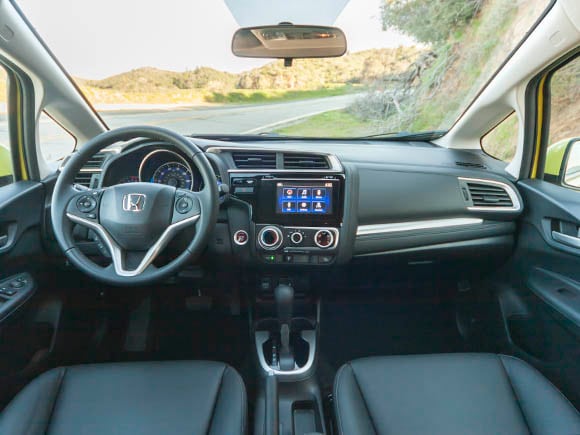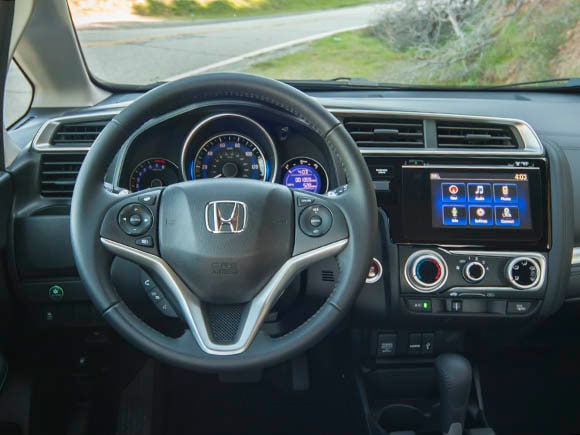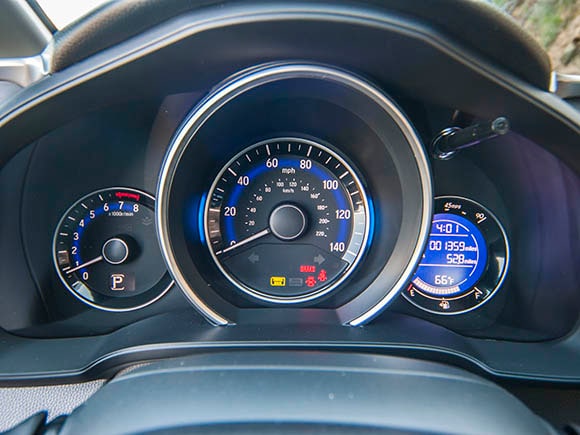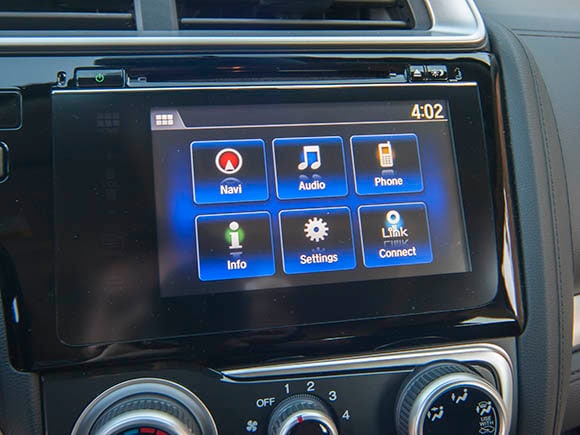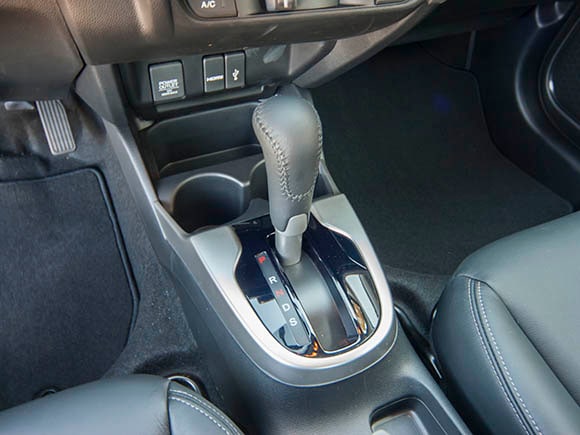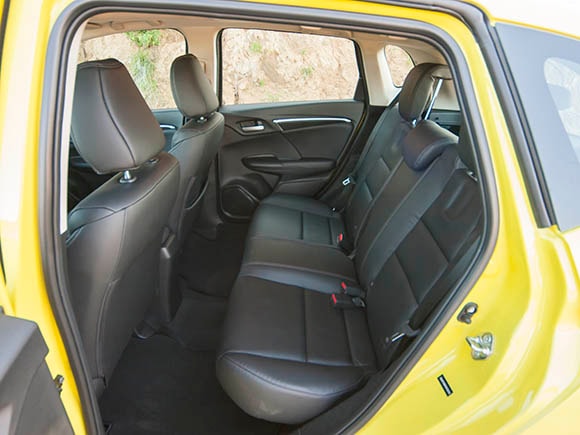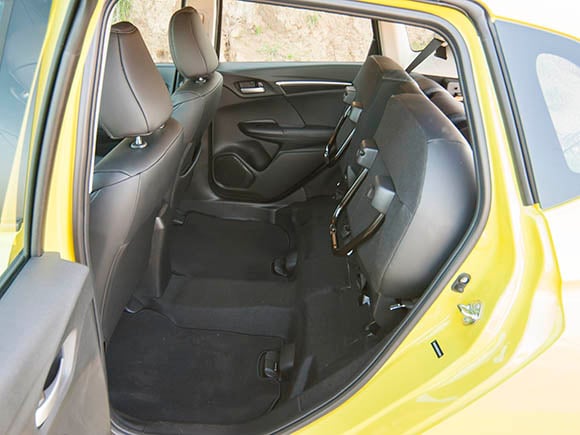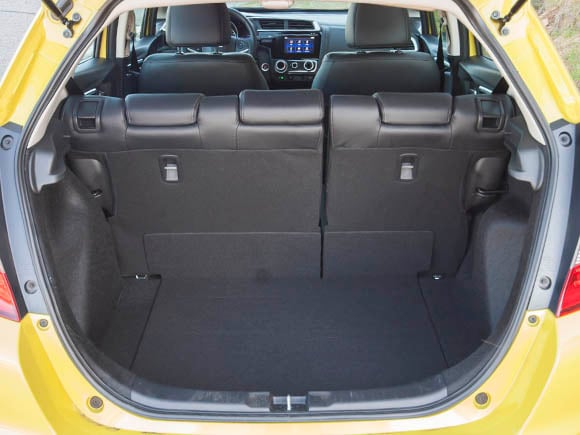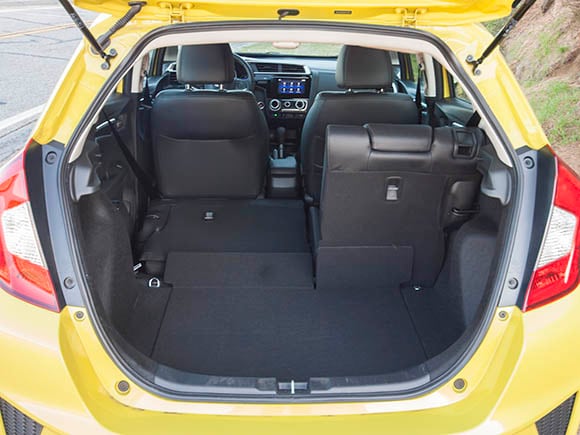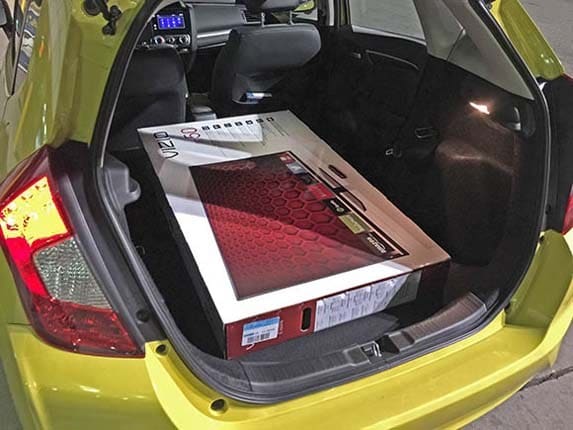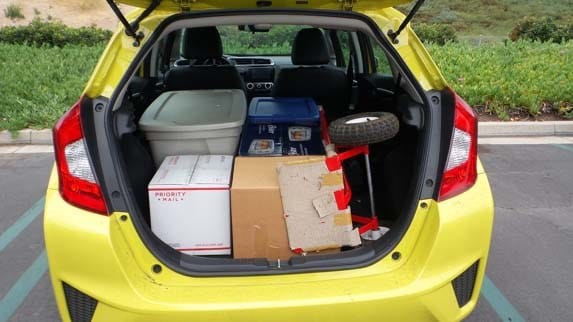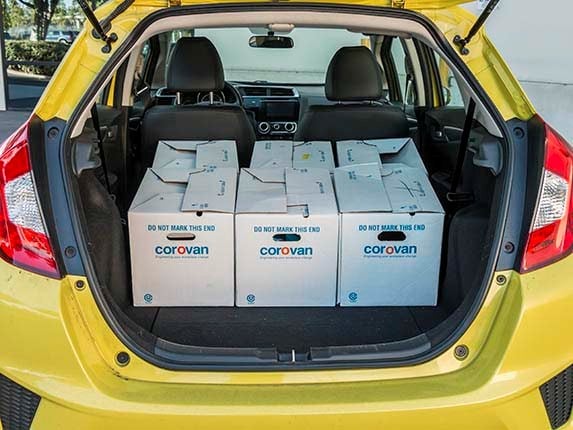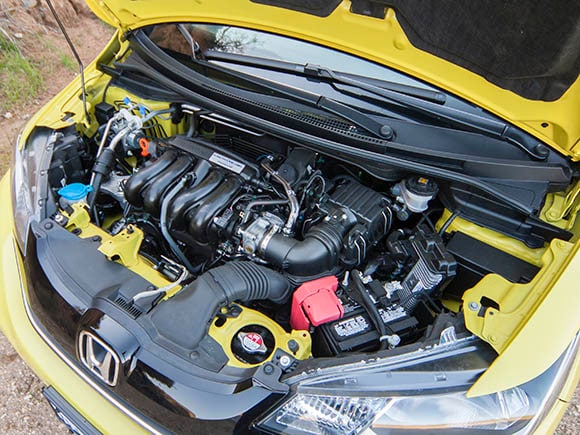We recently bid farewell to our 2015 Honda Fit long-term tester, a top-line EX-L with Navigation. In slightly over 11 months as part of our KBB fleet, this engaging hatchback proved that good things indeed do come in small packages. The Fit spent most of the nearly 11,000 miles we racked up largely in local commuting duties and much of that on the ever-congested 405 freeway. However that daily drear was punctuated with an occasional run up the coast to Santa Barbara or treks inland to the desert. Time spent in our top-line Fit brought to light a fairly lengthy list of likes as well as a selection of things we hope Honda will rethink when it’s time for a mid-cycle refresh.
Redesigned for 2015, this new-gen Fit took an already a capable package to a new level of functional goodness. A stiffer, stronger structure, more efficient powertrain and a micro growth spurt highlighted by wider track dimensions and 1.2-inches of additional wheelbase resulted in a more refined dynamic experience complemented by more attractive passenger and cargo accommodations. Equally important, those changes also kept its fun-to-drive character intact.
Utility over all
It was no surprise the Fit’s most notable plus proved to be utility that belies its scale. On the people side of the ledger, the remake added a remarkable 4.8 inches of rear legroom, ensuring the aft quarters are downright hospitable even for full-size adults. This versatile Honda merits equally high marks when it comes to moving stuff – and lots of it — as several staffers can attest. It starts with large doors that have a near-90-degree swing coupled with a nicely shaped and scaled hatch. Once inside, the Fit’s easy-to-manipulate Magic Seat split rear bench allows for a number of useful configurations. A quick flip/fold can raise available cargo space from a generous 16.6 cu ft to 52.7 cu ft — a spec that rivals the capacity of several small SUVs.
User-friendly…with a few quirks
The Fit also earned notable props from the staff as a reliable daily transport module, although, here, the adulation wasn’t quite as unqualified. We found plenty to praise about the basic cabin layout, with well-positioned main controls, legible instrumentation and good outward sightlines heading the list. However, longer stints behind the wheel left us wishing for a bit better padding in the lower seat cushions – an issue that could be nicely resolved by swapping in buckets from the new Civic. While we like the Fit’s overall driving demeanor and handling, it soon became evident certain distressed road surfaces spike its cabin noise levels into mildly annoying territory. We also noted the suspension tuning and upsized 16-inch wheel/tire fitment on the EX-level Fit tend to create a bit of ride choppiness that can elicit accuracy-destroying “finger bounce” when attempting to use various functions on the Fit’s center touchscreen. Honda may love that sleek flat glass panel, but we say bring back the volume and tuning control knobs.
Although the transition to this new generation did involve trading off a small measure of sportiness for additional sophistication, the Fit definitely retains a healthy measure of its signature character and charm. The new 130-horsepower Earth Dreams engine and paddle-shift CVT automatic with Sport mode and seven “virtual” gears add a bit more enthusiasm to its acceleration and push the official EPA city/highway/combined numbers with this pairing up by five mpg – to 32/38/35. Our experience, while certainly respectable, never quite lived up to those lofty stats. We rolled up a 33.7-mpg overall average, with our best tank netting 37.1 mpg and the worst coming in at a modest 28.0 mpg. In addition to $1,062.48 in gasoline, we took our Fit in for its first regularly scheduled maintenance that added another $82.47, bringing the total operating costs to $1,144.95. The final verdict: While there are a few nits to pick here, the Fit is definitely well worth considering.
See past reports on our Long-Term 2015 Honda Fit…
Long-Term Update: Interior Design
Long-Term Update: Noise/vibration/harshness
Long-Term Update: Infotainment
More 2015 Honda Fit…
See full review and pricing information for the 2015 Honda Fit or build and price your own to unlock its Fair Purchase Price, 5-Year Cost to Own, and more.
